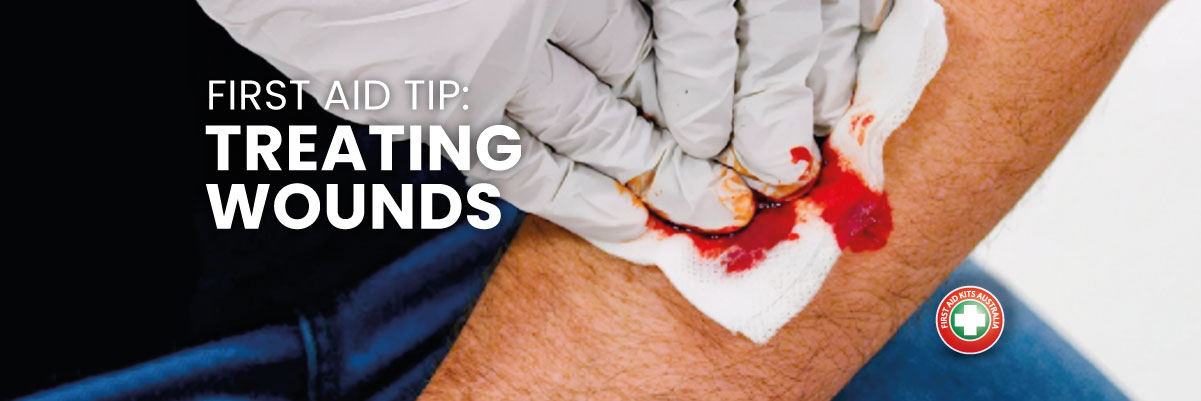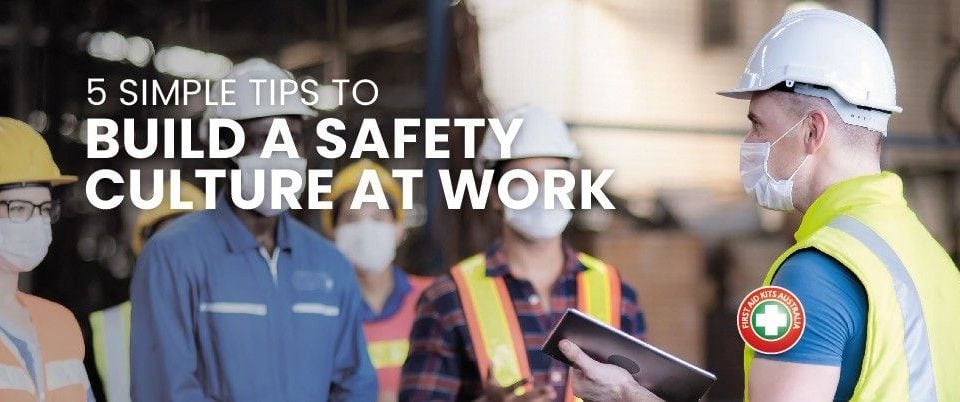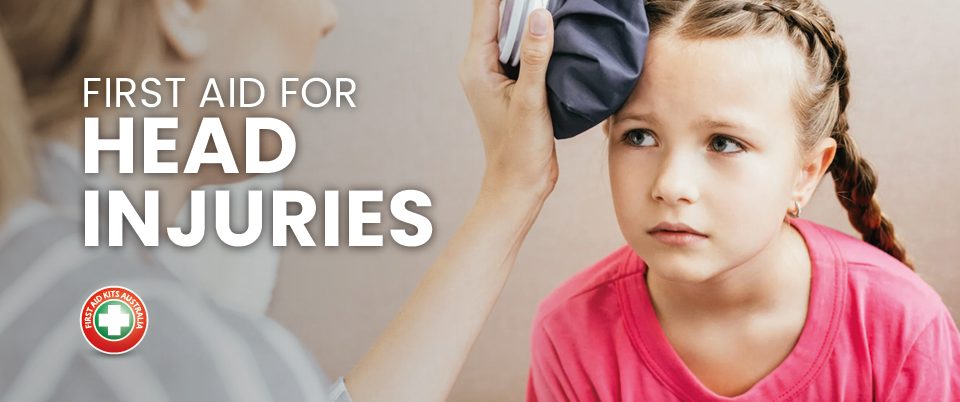
Sudden Cardiac Arrest: every minute counts
28 June 2022
First Aid in Education and Care Settings
11 July 2022Learning how to treat wounds is useful and can prevent associated risks; like infections. So, let’s get into it so we can be prepared and know how to treat a wound.
What are wounds? and what types of wounds are there?
There are different types of wounds caused by different agents with varying degrees of severity.
Open wounds are those in which the underlying tissue is exposed, while in Closed wounds occur when the skin remains intact and the tissue that lies underneath is not exposed.
Also, wounds can be classified according to their healing time in acute ( they take reduced time to heal and do not present complications) or chronic ( they take longer to heal and complications are common).
If we consider the origin of a wound, we could separate them into Internal and External wounds. Internal wounds are caused by an impaired immune system, such as in the case of chronic medical illnesses, like diabetes, arteriosclerosis, etc. External wounds are caused by external agents, like a penetrating object.
Also, medical practitioners or first aiders classify wounds as:
Abrasions: also called scrapes, these occur when your skin rubs or scrapes the ground. They commonly happen on the elbows, shins and knees. They are produced generally by a fall, an sport accident etc.
Lacerations: are deep cuts or tearing of the skin that produces ragged edges. For example, a wound caused by a punch.
Cuts: are a slicing of the skin produced by a sharp object, like a paper cut or a surgical knife.
Avulsions: occurs when a tendon or ligament that is attached to the bone pulls a piece of the fractured bone off. It can happen anywhere in the body but are most common in the ankle, hip, finger, and foot.
Contusions: also called bruises, these are the result of a forceful trauma that injures an internal structure without breaking the skin. Blows to the chest, abdomen, or head with a blunt instrument (e.g. a football or a fist) can cause contusions.
Punctures: are deep, narrow wounds produced by sharp objects such as nails, knives, and broken glass.
Risks of Wounds
The major risk that a wound poses is that it can get infected. There are certain signs that may indicate that the wound is infected, such as:
- swelling or redness around the area
- bleeding for more that 20 minutes
- the wound gets bigger
- pus coming out from the wound
- the person feels lightheaded or dizzy
- high temperature (fever)
If any of these signs are present you should seek medical attention immediately.
Also, if your wound is deep, infected and you are not up to date with the Tetanus vaccine ( or you are not sure you had one in the last 10 yeas) you should contact your GP who will assess if you need this vaccination or another treatment.
First Aid for wounds
Here are 4 steps you should follow to treat a wound:
1. Clean the wound:
The first step in treating a wound is to clean it properly to avoid infections, clean dirt and debris. Use cold water as this help the blood vessels to constrict. Soap and antibacterial products can be used around the wound, but avoid using them on the wound as they can irritate the wound and potential cause adverse effects.
2. Apply Pressure:
Apply direct pressure on the wound for at lest 10 to 15 minutes. Do not stop to check it as is important that pressure is constant. You can use a piece of cloth, a gauze swab or any wound care supplies available.
If the wood is deep, it may soak the gauze or cloth used, in this case, do not remove it and add another piece if possible.
3. Elevate:
to reduce the blood flow to the wound area, elevate it above the level of the heart ( this is easier with injuries on arms or legs). If the injury is on the scalp, try to keep upright as best you can.
4. Dressing:
once the wound is clean and after pressure had reduced or stopped the blood flow, apply dressing on the wound area to create a barrier that will protect the wound form bacterial infections. Apply dressing, affixing it with a gauze bandage or adhesive tape. It is important to change the dressing regularly, at least every day. Also you can apply medication or wound ointments to help speedup the healing process and to avoid scarring.
What items should be kept in a first aid kit to treat wounds?
For minor wounds at home, keep the Ultimate Family Safety Bundle kit handy and close.
Also, here is a list of the items you should keep in your First Aid Kit to treat a wound:
- adhesive dressings (Band-Aids) in a variety of different sizes and shapes
- small, medium and large sterile gauze dressings
- at least 2 sterile eye dressings
- safety pins
- disposable sterile gloves
- tweezers
- hypoallergenic tape
If you ever run out of first aid supplies you can restock at First Aid Kits Australia
Also, remember that First Aid Kits items expire after approximately two to three years (for businesses auditing your first aid kit yearly is mandatory) so make sure you review and assess your kit within the appropriated period.
How can you prevent minor wounds?
Here are some things you can do to reduce your risk of wounds:
- cut and chop away from yourself in the kitchen and ensure you chop on a flat surface
- wear protective gear and clothing when playing sport
- wear protective gear for DIY and gardening, such as gloves, leg protection and eye protection
- if you have thin, fragile skin, take care to cover it to protect against injury from sharp objects or furniture
- for children in the home, cover sharp edges around the house and make sure the garden is clear of any potentially harmful branches or tools.





